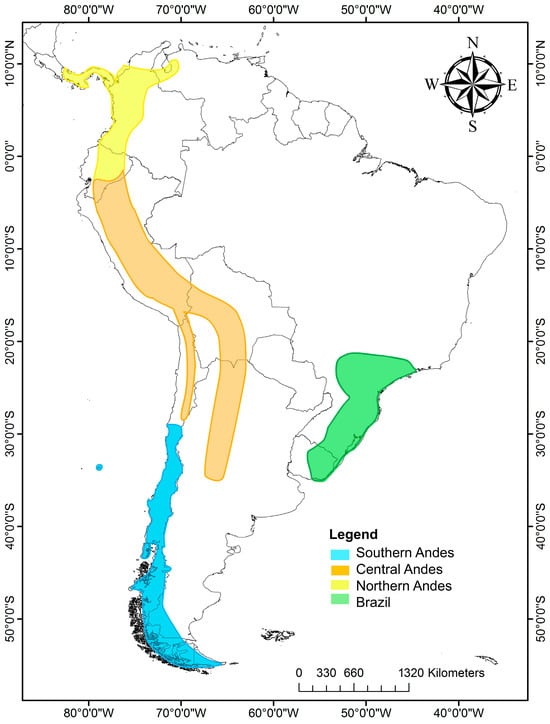Paleobotany, Paleoecology, Biogeography and Evolution
A topical collection in Plants (ISSN 2223-7747).
Viewed by 1937Editor
Interests: palynology and paleoecology applied to plant ecology; evolution and biogeography
Special Issues, Collections and Topics in MDPI journals
Topical Collection Information
Dear Colleagues,
This collection is devoted to the study of past plant evidence and its relevance for paleoecological, biogeographical and evolutionary knowledge. Past evidence is not limited to classical fossils contained in rocks and sediments (pollen, spores, wood, leaves, seeds, etc.) but also incorporates recent developments such as ancient/sedimentary DNA and other biomarkers, as well as phylogenetic/phylogeographic reconstructions based on genetic material from extant taxa, in combination with fossil evidence. Chronologically, the section encompasses any time interval from the evolutionary origin of plants to the modern day. Taxonomically, it considers all eukaryotic photosynthetic organisms included in the former kingdom Plantae (from algae to higher plants). The section is open to research on fossils by themselves (morphological description, organism reconstruction, chemical composition, classification, phylogenetic trees, etc.) and their scientific and practical applications. Scientific applications include paleoecology (reconstruction of past ecosystems, their dynamics and relationships with external environmental parameters), biogeography (reconstruction of past and present plant distributions and their climatic and/or tectonic drivers, origin of global biodiversity patterns) and evolution (general or group-specific plant evolutionary trends, biodiversity shifts over time including mass extinctions and potential causes, origin of global diversity patterns), among others. Practical applications refer to the utilization of all this knowledge to inform human affairs, notably the use of paleoecological, biogeographical and evolutionary observations as past analogs for future developments, with emphasis on the responses of plants to human-induced global change. Theoretical and philosophical insights on the above-mentioned matters are also very welcome.
Prof. Dr. Valentí Rull
Collection Editor
Manuscript Submission Information
Manuscripts should be submitted online at www.mdpi.com by registering and logging in to this website. Once you are registered, click here to go to the submission form. Manuscripts can be submitted until the deadline. All submissions that pass pre-check are peer-reviewed. Accepted papers will be published continuously in the journal (as soon as accepted) and will be listed together on the collection website. Research articles, review articles as well as short communications are invited. For planned papers, a title and short abstract (about 100 words) can be sent to the Editorial Office for announcement on this website.
Submitted manuscripts should not have been published previously, nor be under consideration for publication elsewhere (except conference proceedings papers). All manuscripts are thoroughly refereed through a single-blind peer-review process. A guide for authors and other relevant information for submission of manuscripts is available on the Instructions for Authors page. Plants is an international peer-reviewed open access semimonthly journal published by MDPI.
Please visit the Instructions for Authors page before submitting a manuscript. The Article Processing Charge (APC) for publication in this open access journal is 2700 CHF (Swiss Francs). Submitted papers should be well formatted and use good English. Authors may use MDPI's English editing service prior to publication or during author revisions.
Keywords
- paleobotany
- paleoecology
- phytogeography
- evolution
- conservation
- fossils
- biomarkers
- phylogenies








